In Venice, the rooms of the Royal Palace finally open to the public: after the reopening of the Royal Gardens, here then is a new important return to the city, with one of the most representative spaces of its political and cultural history of the 19th century. After a long and demanding recovery work, twenty rooms of the Royal Palace of Venice will be open to the public from July 15 (the visiting route is from inside the Correr Museum) that constituted the original private apartments used by the exponents of as many as three ruling houses (Bonaparte, Habsburgs, Savoy) throughout the 19th century and until 1920.
This is the completion of a work begun in 2000, on a scientific recovery project of the Fondazione Musei Civici di Venezia and the City of Venice with support from the Superintendency and with the decisive support of the French Committee for the Safeguarding of Venice and from patrons from all over the world, which saw the first royal rooms already featured in the Royal Palace’s enhancement activities. The new rooms are all decorated and mostly sumptuously upholstered with tapestries that echo the original designs, original on the other hand the furniture that comes precisely from the Royal Palace and after complex events and relocations finally returns to occupy the space they are entitled to.
A Royal Palace in the city connoted by the Palace of the Doges: a few steps away from the Doge’s Palace stands, and is equally magnificent, the very palace that was inhabited by those who ruled Venice from the aftermath of the fall of the Serenissima Republic, namely Napoleon Bonaparte, the Habsburgs and finally the Savoy. Each of the occupants wanted to reside in Venice in their own apartment, shaped and furnished according to their passions and taste of the moment. What resulted is a glimpse into the history of art and costume, from the early 19th century to the 1920s. The Royal Apartments occupy the North Slope of the Piano Nobile of the Procuratie Antiche and enjoy views of the Royal Gardens and the Basin of San Marco. They are parallel spaces to the exhibition rooms of the Correr Museum, which in turn open onto the Piazza.
They are large elegant rooms, extending over about 850 square meters, each connoted according to the style of the Guests who lived here in certain periods. Decorations and furniture are up to the standards of the crowned heads who enjoyed them for more or less prolonged stays. From Napoleon to Franz Joseph and Empress Sissi, to Maximilian of Habsburg, Emperor of Mexico, to Victor Emmanuel of Savoy, and on and on to Umberto I. Italian and European History passed through these halls. Once the time of kings and emperors ended, those halls became offices and archives at the disposal of the state and its officials, which inevitably led to the erasure of most of the existing decorations and furnishings.
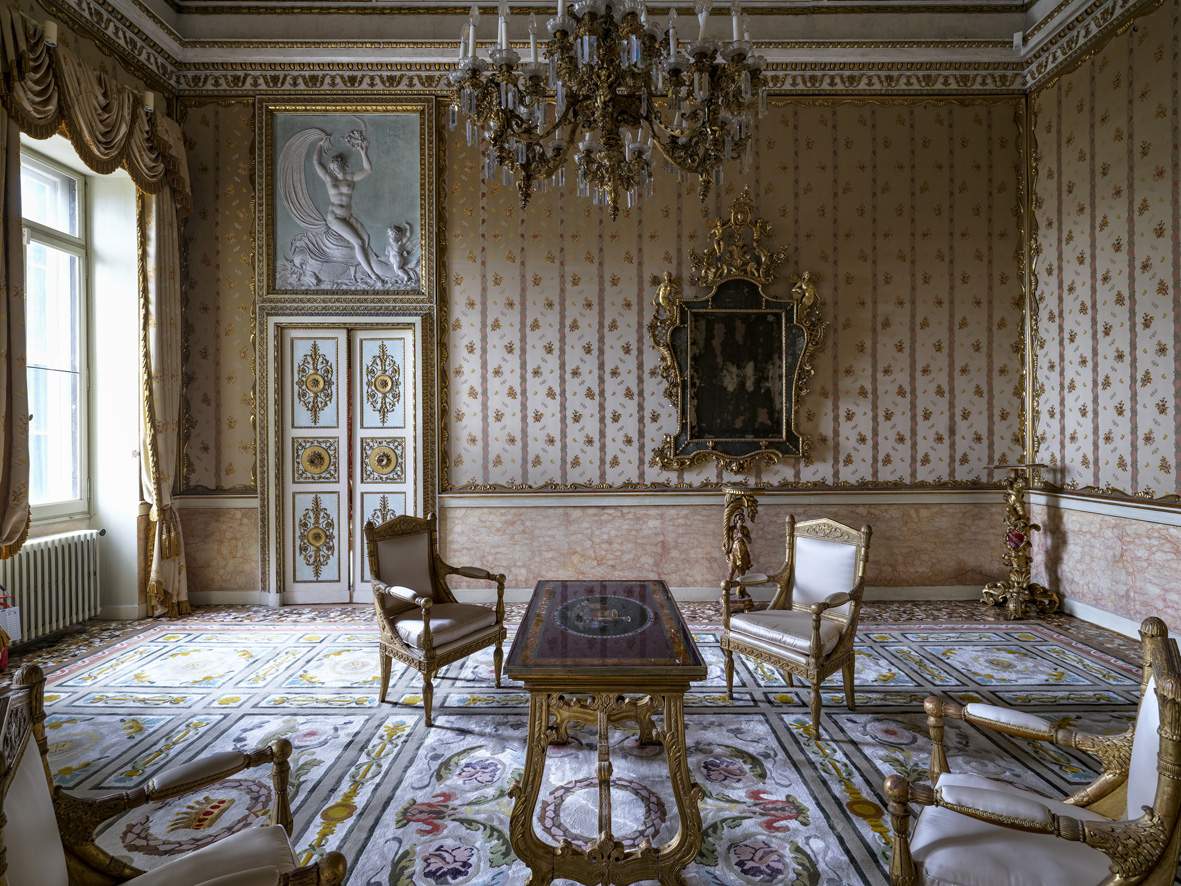 The Halls of the
The Halls of the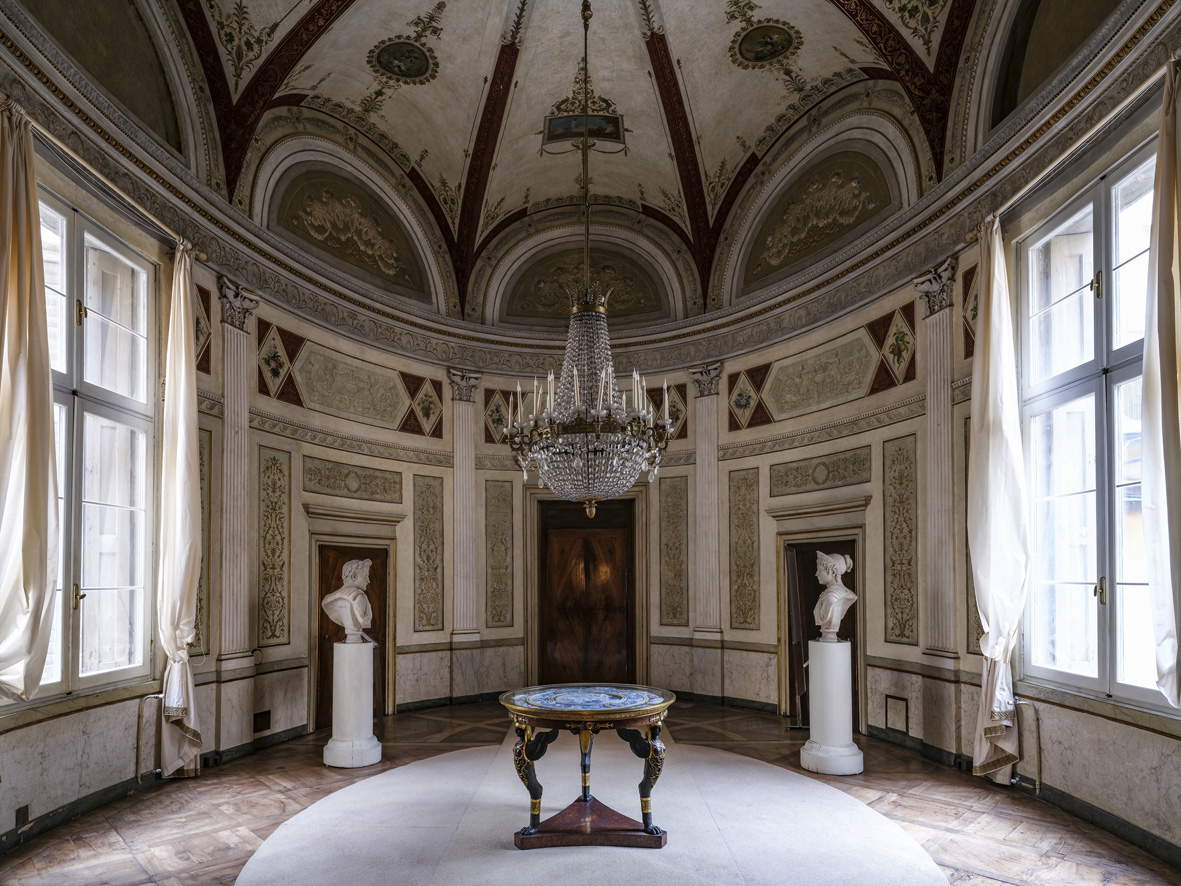 The Halls of the
The Halls of the The Halls of the
The Halls of the The
The The
The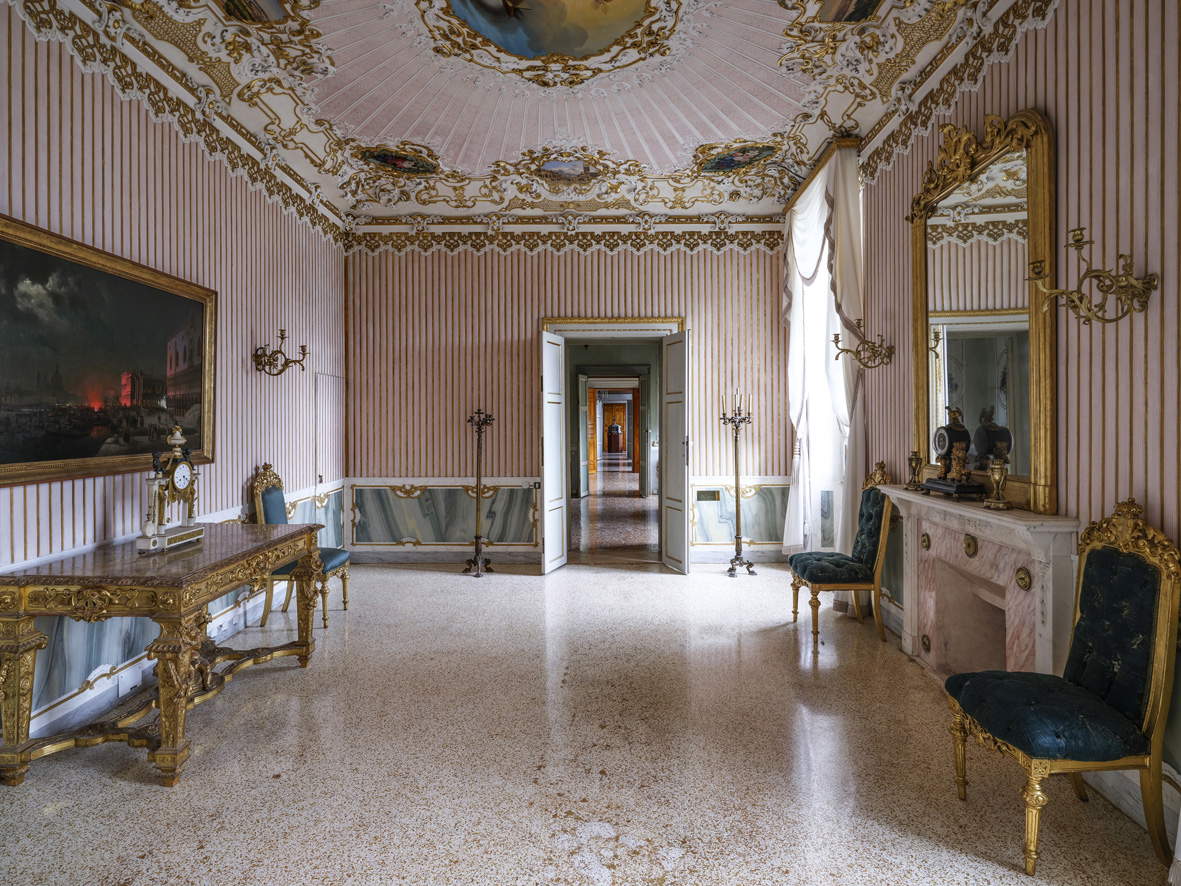 The halls of the
The halls of the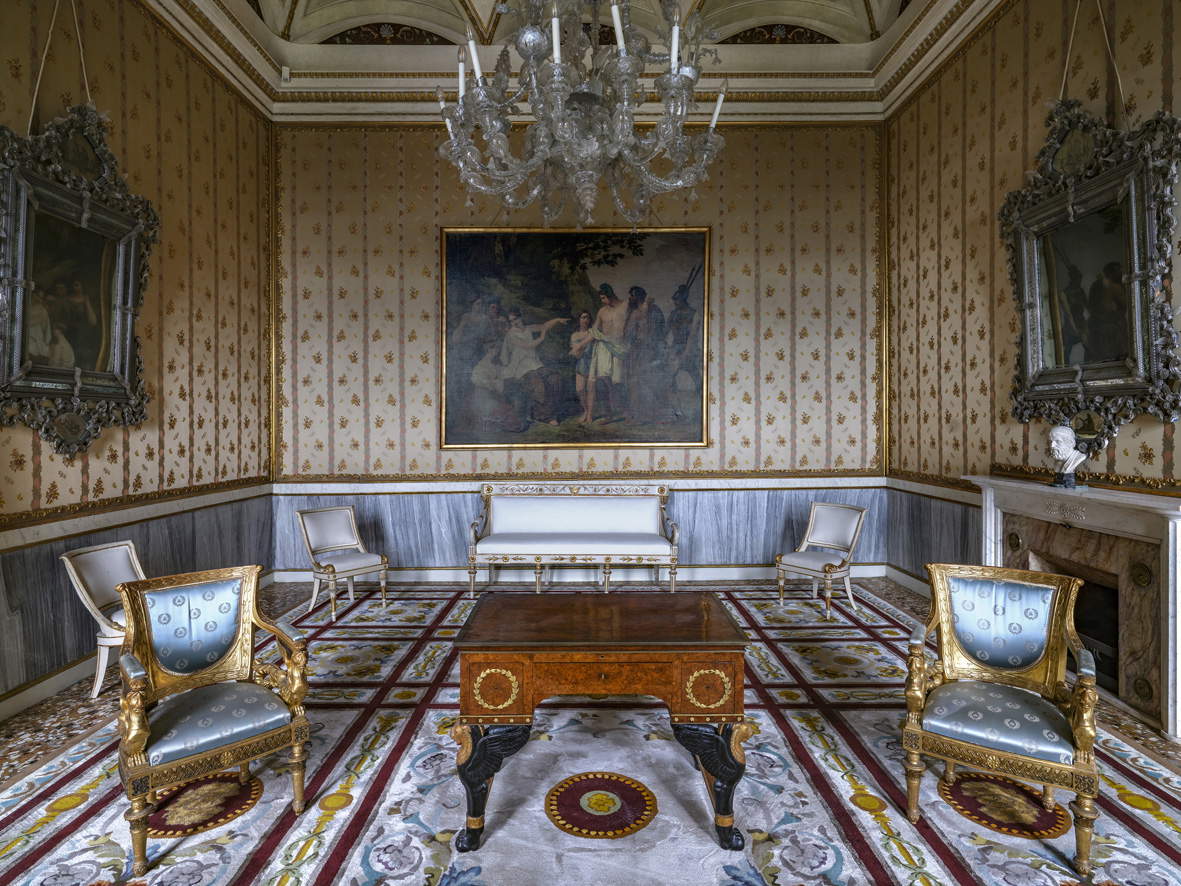 The halls of the
The halls of the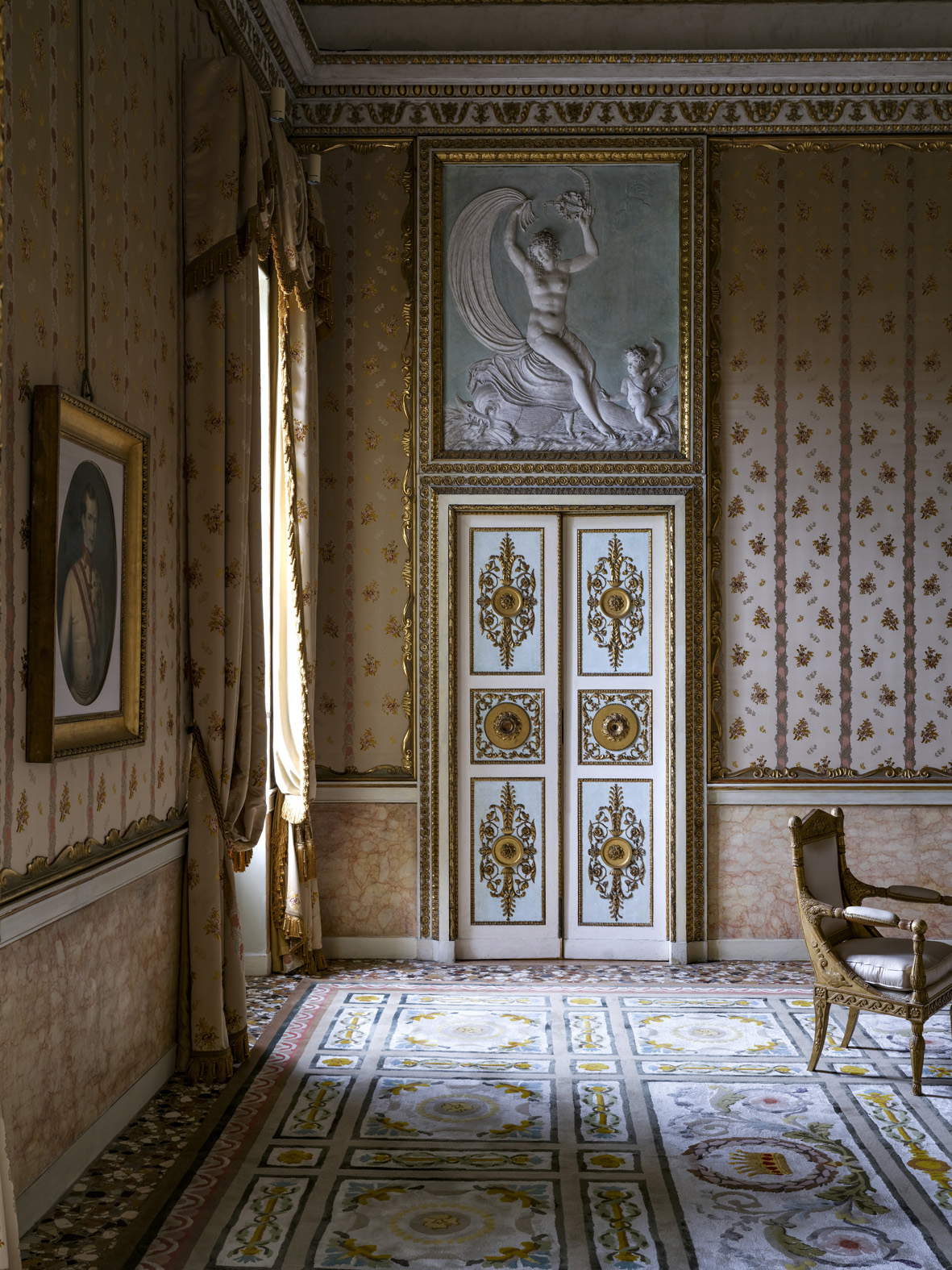 The halls of the
The halls of the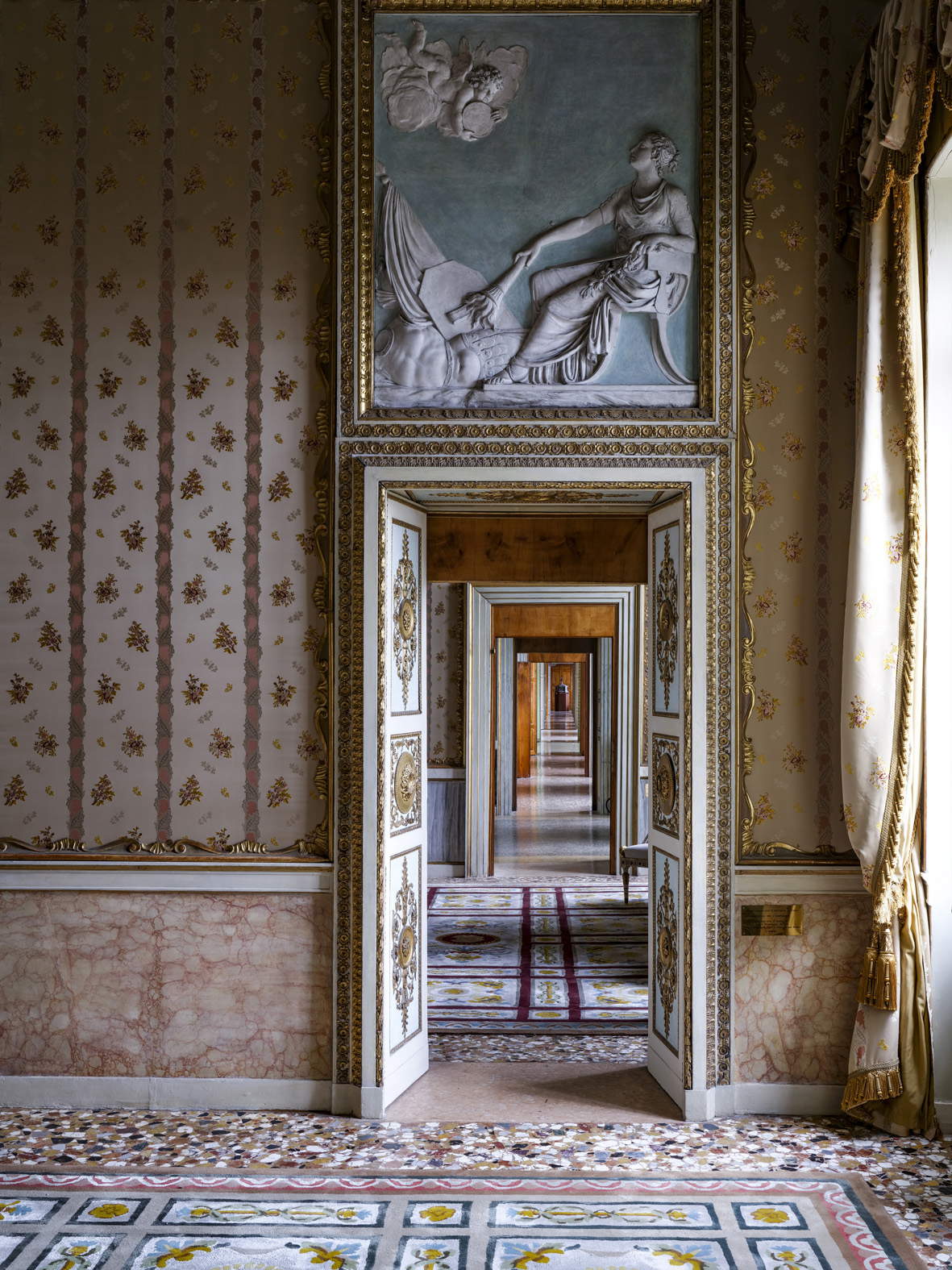 The halls of the
The halls of the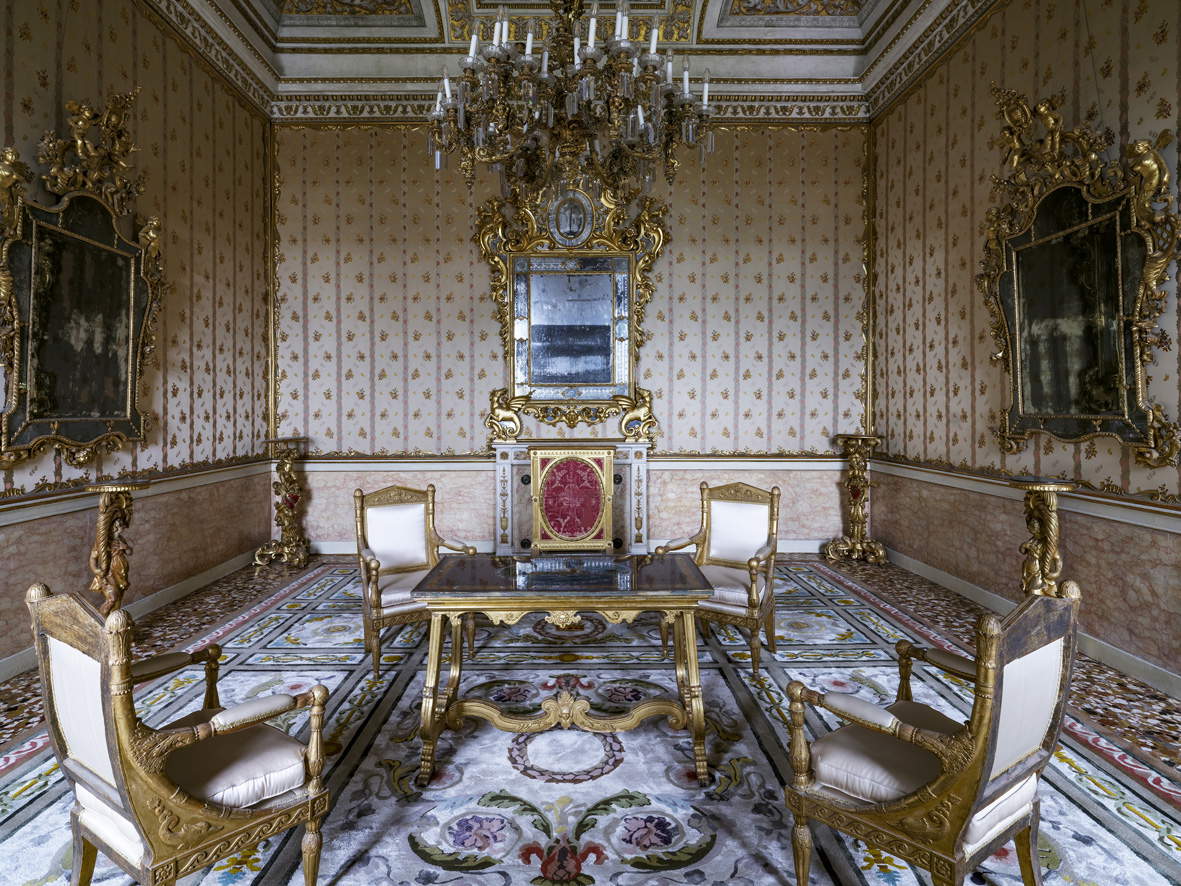 The halls of the
The halls of the“The City of Venice and Fondazione Musei Civici,” comments Mayor Luigi Brugnaro, “continue to take care of their priceless cultural and artistic heritage. The reopening of these 20 rooms of the Royal Palace sanctions a further fundamental step in that path of redevelopment of the entire Marcian area, which with Rialto and Arsenale constitutes the heart of Venice’s history that now lasts more than 1,600 years. Finally, thanks to all those patrons who, in a perspective of subsidiarity between the public and private sectors, have shown their love for our City and have contributed to safeguarding its jewel.”
The president of the Civic Museums of Venice, Mariacristina Gribaudi, recalls that “the opening of the Sale Reali coincides with the doubling of the Correr museum area, an extraordinary restitution to the city, which here will have evidence of the political history but also of Venetian customs and arts of the 19th century.” According to director Gabriella Belli, “From the point of view of Venetian art history, the Palazzo represents a blow to the 19th century that for decades remained entrusted to the negative myth of the fall of Venice and with it the end of all artistic magnificence. Today this troubled Venetian nineteenth century finds the place of its revenge.”
In this rebirth, the Venetian Museums Foundation and the City of Venice have been joined by the French Committee for the Preservation of Venice, chaired by Jérôme-Francois Zieseniss, which has been able to involve patrons from all over the world in the great undertaking. “Between the fall of La Serenissima in 1797 and the birth of the Biennale in 1895,” comments Zieseniss himself, “it seemed that Venice had disappeared from the European art scene. Instead, the Royal Palace, a true encyclopedia of 19th-century decorative arts, is the missing link in the thousand-year history of the genius of Venice.”
Interventions began in 2000 with the restoration of the large state apartments, which were already part of the Correr Museum: the portico that gives access to the Royal Palace and St. Mark’s Square, the Scalone d’Onore, the Vestibule of Honor, the Ballroom and the ceiling of the Throne Room. In the second phase (2006-2012), the intervention involved the apartments of Sissi and soon after some rooms of the apartment of Maximilian of Habsburg, Emperor of Mexico. The third restoration campaign (2013-2014) involved rooms and furnishings (very fine) of the Emperor’s Studiolo Cabinet, the Audience Hall, the Chamberlains’ Hall, and King Umberto’s Hall. Between 2015 and 2016, the Sublime Canova project was conducted, conceived by director Gabriella Belli to give due prominence to the Correr’s magnificent Canova collections: masterfully presented in three rooms, two of which are included in the Royal Palace, the restoration of which was supported by the French Committee for the Preservation of Venice and the Venice International Foundation.
Concluding the integral recovery of the Palace are the interventions, just completed, on the apartments of Maximilian and the Kings of Italy. The recovery, in all its phases, has been painstaking: no detail has been overlooked, starting with the original upholstery, which, like the cabinet-making interventions, was made by Venetian craftsmen, capable of creating fabrics and furnishings in the Lagoon that are entirely comparable to those of the major international manufactures.
 |
| Venice, Royal Palace halls open to public after 22 years of work |
Warning: the translation into English of the original Italian article was created using automatic tools. We undertake to review all articles, but we do not guarantee the total absence of inaccuracies in the translation due to the program. You can find the original by clicking on the ITA button. If you find any mistake,please contact us.